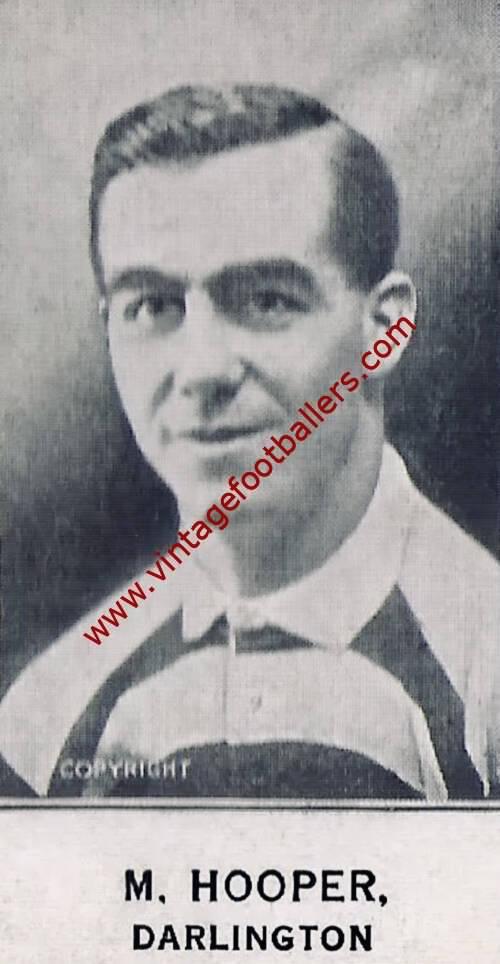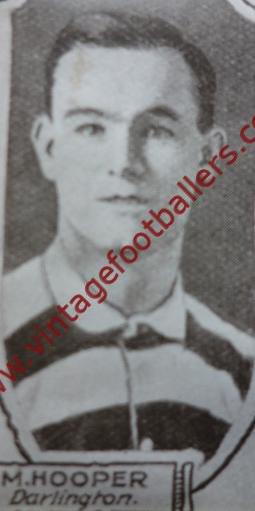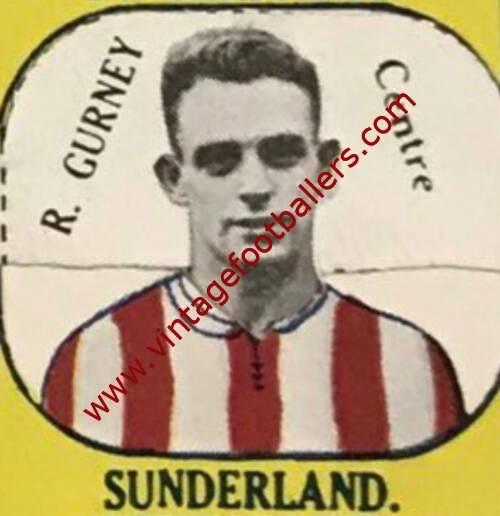Please choose your photo size from the drop down menu below.
If you wish your photo to be framed please select Yes.
Note: 16″x 20″not available in a frame.
Images can also be added to accessories. To order please follow these links
£8.95 – £49.95
Please choose your photo size from the drop down menu below.
If you wish your photo to be framed please select Yes.
Note: 16″x 20″not available in a frame.
Images can also be added to accessories. To order please follow these links
Acomb, York born outside left Albert Bonass began his football career playing for York & District League club Dringhouses in 1930 and York Wednesday in 1931 before joining Third Division (North) club Darlington as an amateur in December 1932, making his Football League debut against Accrington Stanley in April 1933, scoring once in 6 appearances before the season end. According to the Sunderland Echo, he was “speedy and gives promise of developing into a good player”.
During the 1933 close season, Bonass turned professional with hometown club York City gain, but again he made only six League appearances, five of which came before he was injured in November 1933 playing for York’s reserve team when he crashed into railings surrounding the pitch, returning to first team action the following May.
After a trial, Bonass signed on a free transfer for Hartlepools United as replacement for winger Ralph Pedwell who had left the club. He scored inside two minutes of his debut on a visit to Walsall, the home goalkeeper “failed to deal with a centre by [Tommy] Hird, and Bonass dashed in and headed the ball out of his hands into the net” as Hartlepools won the match 2-1. He continued as both regular selection and regular scorer, with 23 goals from 43 matches in all competitions in his first season, second top scorer at the club behind Duncan Lindsay. His opening goal in the FA Cup first round replay against Halifax Town created such excitement among the spectators that they broke through the barriers separating terraces from pitch. He also scored a hat-trick against Barrow in a 5-2 win in March 1935.
In 1935-36, he continued as a fixture at outside left, but scored fewer goals, one of which came as an equaliser against Lincoln City when the referee failed to notice that teammate Johnny Wigham punched the ball to him rather than playing it legitimately. All the same, three months into the season he was the team’s top scorer with six. As in the previous season, Hartlepools played Halifax Town in the FA Cup, and again, they won after a replay; Bonass was involved in three of their four goals, two of which were scored when his shot was parried to another player. He finished the season with 13 goals, second only to Wigham, as Hartlepools finished eighth in the Third Division.
After 32 goals in 89 appearances for The Monkeyhangers, Bonass signed for Chesterfield, newly promoted to the Second Division, for a £250 fee in May 1936. He went straight into the starting eleven, scoring the opening goal in the first home match of the new season against Norwich City, and the Derby Evening Telegraph’s correspondent was impressed: “Bonass, at outside-left, was the pick of the line, for he generally shot accurately, and he showed a good idea of combination.” At Christmas he scored the only goal of the game against Aston Villa, and contributed two – one a neat back-heel – to a 4-0 win against Swansea Town on New Year’s Day. His goal return for the season was 14 from 41 matches as Chesterfield finished in mid-table, and he was part of the team that beat Derby County to win the Derbyshire Senior Cup.
Playing alongside Peter Ramage and Harry Clifton in 1937-38, his team’s FA Cup third round victory 2nd replay victory over Bradford City reportedly “owed much to … the dash of Bonass and Clifton in the forwards”.They progressed to the fifth round, in which they lost to Tottenham Hotspur only after a replay in front of a 50,000 crowd at White Hart Lane.
Bonass came into the team at outside right for the fifth game of the new season in September 1938, before reverting to outside left against Sheffield Wednesday on 17th September, which coincided with Chesterfield’s first win. Two weeks later, he scored the only goal of the game at home to West Ham United direct from a corner kick. He kept his place to the end of the year, but then played only three times before the end of February when he submitted a transfer request. The Derbyshire Times reported no disharmony between club and player, who just felt that different surroundings might help a return to form. After 26 goals in 104 appearances for The Spireites, he moved on to Queen’s Park Rangers in June 1939 and played in all three of their matches before the 1939-40 football season was abandoned when War broke out in September 1939.
He played some 30 times for QPR in wartime league football, and guested for a number of clubs including Aldershot, Brentford, Chesterfield, Fulham, Luton Town, Southampton, Watford and York City. Bonass served with the Metropolitan Police as a War Reserve Constable for four years, and apart from his war-related duties, played for their football team, scored as the Police Professionals beat the Police Amateurs 5-2 in September 1942, and also represented the national police team. He went on to join the Royal Air Force, and was promoted to the rank of sergeant. He became a member of the Caterpillar Club after bailing out over Manchester from a Wellington aircraft. In the early hours of 9th October 1945, he was the wireless operator aboard a Short Stirling bomber on a training flight when it crashed on the village of Tockwith, North Riding of Yorkshire, which was on the edge of the RAF base at Marston Moor, killing all the crew. He was 34 years old when he died.
| Weight | N/A |
|---|



